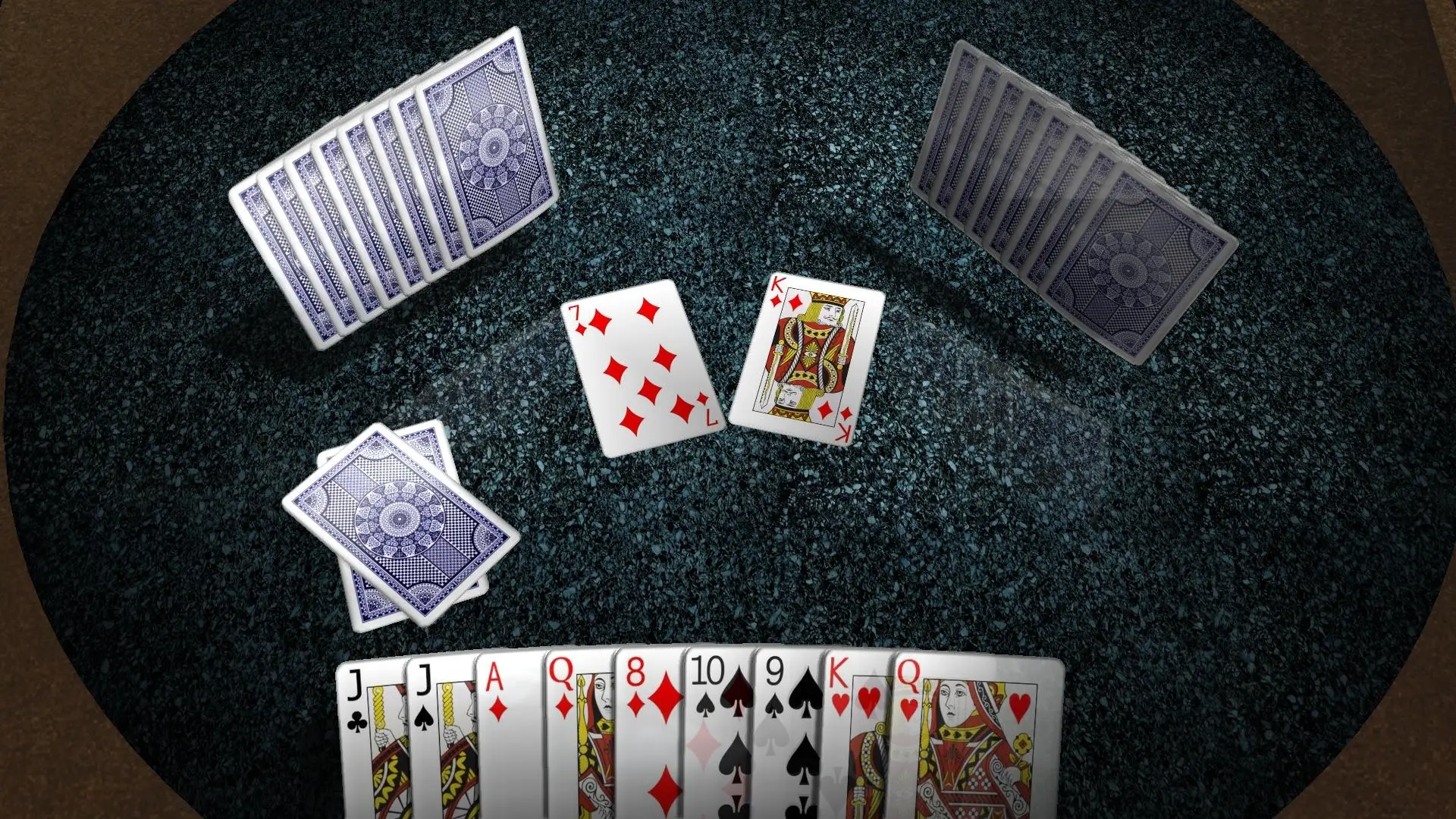Since 2009, strict restrictions on gambling have been in place in the country. According to Federal Law No. 244-FZ of December 29, 2006, gambling can only be conducted in specially designated regions. The main gambling zones in Russia were created to legalize gambling, ensure player safety, and stimulate regional tourism.
Legislative framework and geography of the industry: where are gambling activities allowed in Russia?
According to current legislation, the main gambling zones in Russia are located outside urban areas and are organized in a way to reduce social risks. Each cluster is developed as a tourist destination where gambling is just part of the infrastructure. Players and tourists have access to modern hotel complexes, conference halls, restaurants, and entertainment facilities.

Currently, there are officially four regions in the country: the gambling zones of “Krasnaya Polyana,” “Yantarnaya,” “Primorye,” and “Sibirskaya Moneta.” They all have licensed operators, operate under the control of state regulators, and are required to adhere to safety measures.
“Krasnaya Polyana” – a leader in development
One of the most popular and developed locations is “Krasnaya Polyana,” located in Sochi. It is oriented not only towards gambling but also towards resort tourism. Modern casinos, comfortable hotels, and high-level restaurants form a sustainable tourist flow. International poker tournaments are held here, and control is carried out at the level of strict licensing.
The main gambling zones in Russia are required to provide transparent conditions for players and guarantee the absence of access for minors. This is impeccably observed in “Krasnaya Polyana.”
“Primorye” – a developing center in the Russian Far East
The gambling zone “Primorye,” located near Vladivostok, was opened in 2015. Despite its relatively short period of operation, the area demonstrates steady growth. The project is aimed at an international audience, predominantly tourists from Asian countries. In addition to gambling houses, it includes hotels, SPA complexes, and conference centers.
The region’s significance is increasing due to its proximity to the seaport and airport, making the main gambling zones in Russia competitive compared to similar destinations in the CIS and Asian countries.
Local features of the “Yantarnaya” zone
“Yantarnaya” is developing in the Kaliningrad region. The area is characterized by a moderate climate and a sea coast. Given the region’s geographical isolation, it is aimed at European tourists as well as Russian guests who prefer combined leisure activities.
Modern security technologies are actively implemented here, including player verification and transaction monitoring. A cultural and entertainment environment with elements of historical tourism is being formed. This approach helps integrate the main gambling zones in Russia into the region’s economic development strategy.
“Sibirskaya Moneta” – gambling in Altai
“Sibirskaya Moneta” is located in Altai, known for its unique nature and ecotourism opportunities. Although the area has been operating since 2014, development has been gradual. Currently, there is an increase in the number of gaming facilities, and investor interest is growing.
The Altai region is positioned as a location for combining active recreation and casino entertainment. The main gambling zones in Russia include such directions, providing accessibility to poker and roulette games in full legality.
Advantages of the main gambling zones in Russia
Choosing a legal leisure venue is important in terms of legal and financial security. The main gambling zones in Russia provide players with a secure environment and comply with federal standards. Key advantages include:
- absence of illegal gambling;
- control over payouts and mandatory audits;
- support from official operators;
- developed infrastructure – from hotel complexes to conference halls;
- combination of gambling with tourism, SPA, and gastronomy.
Thus, organized leisure within the legal framework becomes part of the cultural and economic development of the regions.
Infrastructure and development of tourist flows
It is important to understand that the main gambling zones in Russia are not limited to casinos only. They represent full-fledged tourist clusters. Most establishments operate on the principle of all-inclusive hotels and offer individual packages for guests – including SPA, sports, and outdoor activities.
Increased attention is paid to safety issues, technical equipment, licensing, and financial transparency. Tourists receive high-level service, including room reservations and participation in entertainment events.
The role of poker in the development of gambling tourism
In all operating areas, poker is presented legally and accompanied by appropriate infrastructure. Separate rooms are created, certified tournaments are held, and fair play rules are established. Poker is considered one of the key formats for attracting tourists, especially during major international events.
Against the backdrop of the growing global interest in poker, the main gambling zones in Russia become arenas for interregional competitions. Support from operators and compliance with legislation allow for a promising direction in gambling.
Control, licenses, and security
The operation of all regions is regulated at the federal level. Operators must have a license, comply with technical standards, and undergo regular checks. The introduction of electronic customer identification and continuous transaction monitoring helps minimize risks.
Each zone is equipped with control means that meet international standards.

Conclusion
Currently, the main gambling zones in Russia are officially recognized venues where playing poker and other gambling games is safe and legal.
Developed infrastructure, tourist potential, and strict compliance with the law make them sustainable gambling centers. Each region has its own specifics: some focus on poker tournaments, some on slot halls and restaurants, and in some facilities, a licensed bookmaker operates successfully, providing the opportunity to choose the optimal direction for relaxation, entertainment, and comfortable leisure.
 en
en  ru
ru  de
de  ar
ar  es
es  nl
nl  hi
hi  fr
fr  it
it  pt
pt  el
el 












